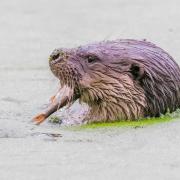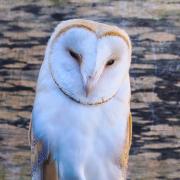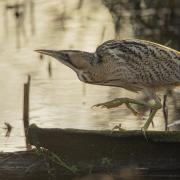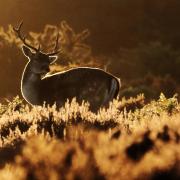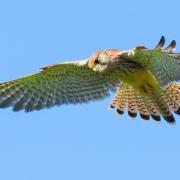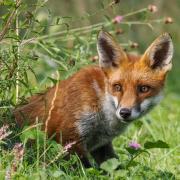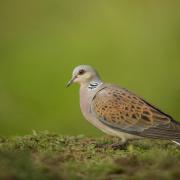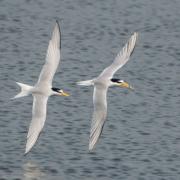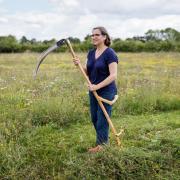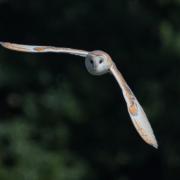Matt Gaw, of Suffolk Wildlife Trust, heads to Dingle Marshes for a blustery new year walk and ponders how the North Sea shapes the ever changing coastal landscape

It is a day of bluster and blow, of boiling sea and blistering spray. A time when the coast is truly alive, its shingle pulse roaring and racing with the tide.
I’m walking into the wind and on to the shingle ridge that forms the seaward edge of Dingle Marshes. To the left of me, is the heaving North Sea, to the right, a wild mosaic of marsh, reedbeds and heath. Beyond I can see the dark brow of woodland that I left behind me almost an hour ago. The shingle is deep and noisy. Walking here demands exaggerated footsteps and I tack up and down the bank towards the exposed and solid sand of the beach to try to rest my ankles. Globs of foam scud past as I pick up round nuggets of brick and glass – tumble-polished and buffed smooth by the waves. Holding them in my palm I think about Dunwich, just a mile or two down the coast. It must have been on wintery days like this that it slid inch by broken inch into the sea, a transition from rotten borough to capital of Doggerland – the now sunken landscape that once connected Britain’s east coast to the Netherlands, west Germany and Jutland.
Just two years ago the sea came calling again, this time for Dingle Marshes. The storm surge of 2013 saw torrents of salt water breach the ridge on which I am walking, overwhelming saline lagoons and at its peak lapping into Dunwich Forest at the back of the marshes. This time the waves also healed, pushing shingle back into the holes and leaving Dingle as a largely freshwater reserve once more. But then, maybe I shouldn’t think of it in terms of healing. After all in a place of nature and natural processes like this, a storm surge isn’t damage it’s dynamism. The land of the bittern becoming a habitat for avocet, redshank and brine-loving starlet anemone. Pocketing my finds I clamber back up to the highest point to gauge how far I have come. In front of me a female kestrel is hanging above the marsh, her pointed wings fanning the air in butterfly strokes while her chestnut head remains dipped low and freeze-frame still.
The same wind that rushes off the sea and now pushes at my back is giving her lift, the splayed tail harnessing each stinging gust. I watch as the black and tan wings flicker and pause. But instead of kiting on the wind, the kestrel falls into a shoulder-hunching dive towards the edge of a saline lagoon below – eyes locked on something I cannot see.
I crane forward hoping to see her, imagining the ultra-violet world of reflected traces and tracks that allows her to missile to the ground with such deadly accuracy.
But already she is back up, almost springing off the ground and back into position, this time slightly further away. Whatever it was she saw, it has got away. I shoulder my backpack and start walking again. A narrow squeak, I think.
Visit Dingle Marshes
Matt Gaw is a journalist, writer and editor of Suffolk Wildlife Trust’s membership magazine. A wanderer of the wilds and the old ways, he lives in Bury St Edmunds with his young family.




